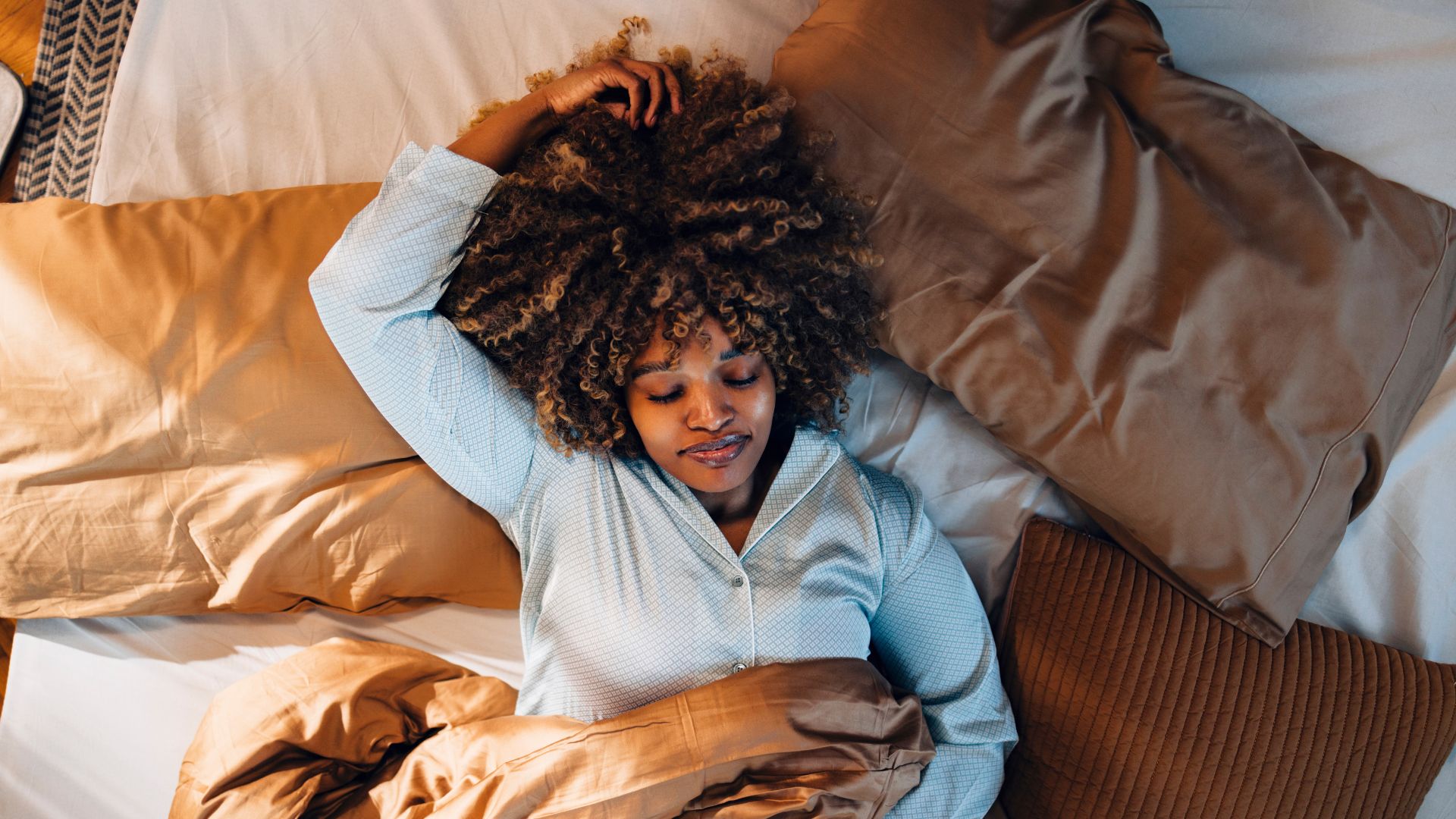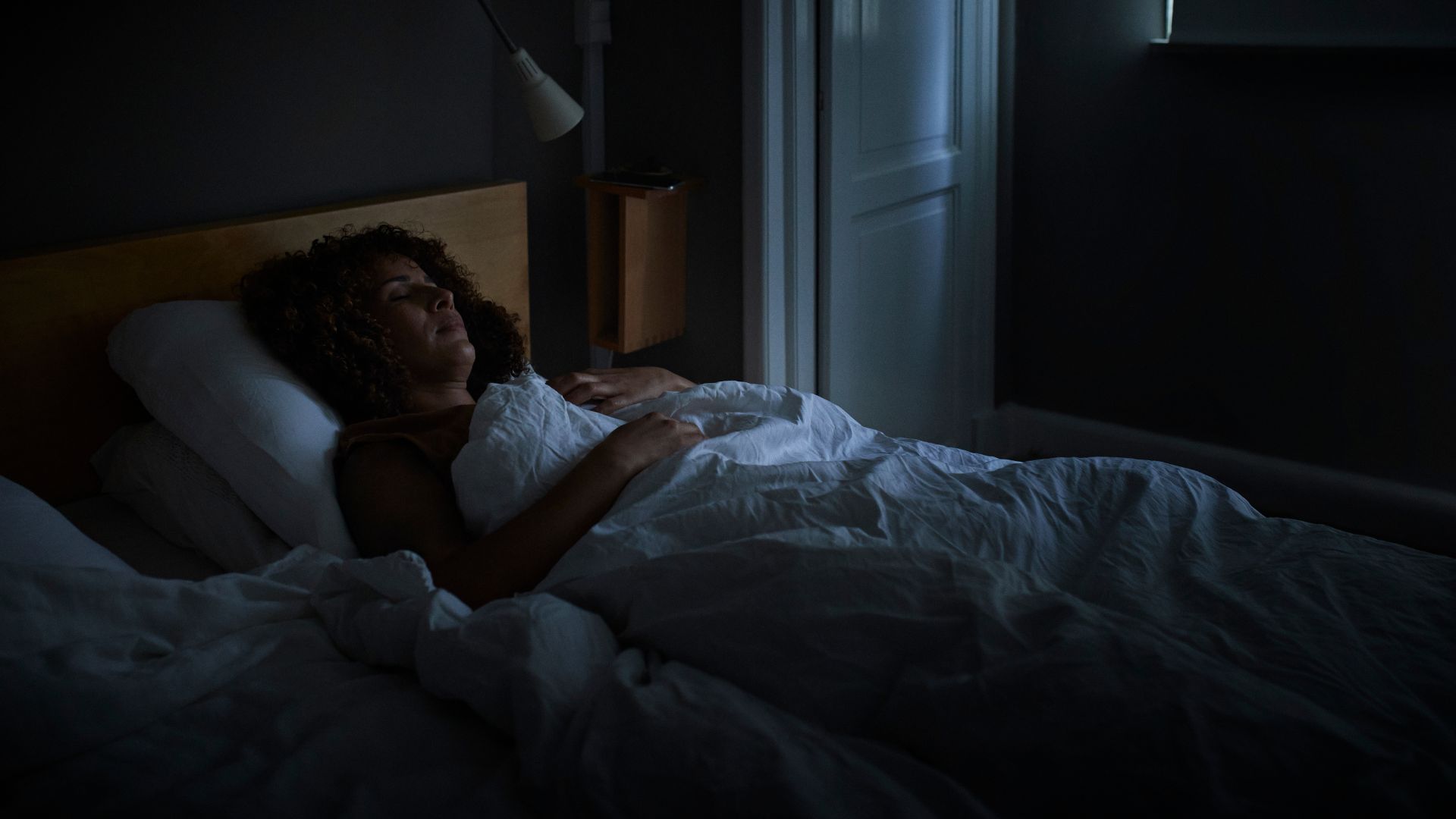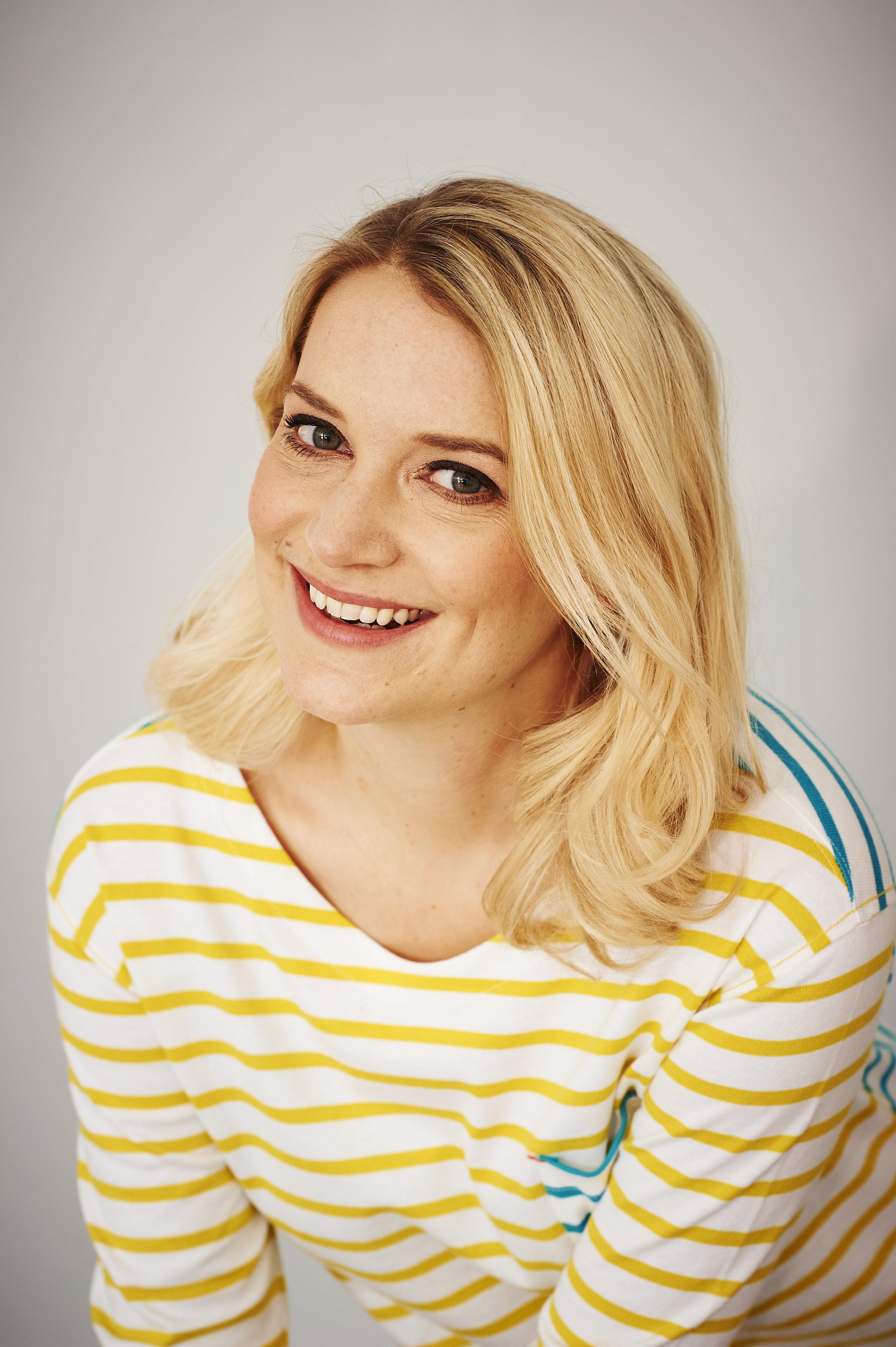Just 1 of these 6 tricks can help you fall asleep in 3 minutes or less, experts say
Wondering how to fall asleep in 3 minutes or less? It might sound like the stuff of dreams if you're tossing and turning in the night, but it's possible

Grace Walsh

Even if you get to sleep just fine, it's a good idea to have a technique in your back pocket to get back to sleep if you wake up in the middle of the night.
We could also all benefit from improving our routine and learning how to sleep better, with 67% of adults saying they wake up at least once in the night, per a report by Philips Healthcare, and most of us wake up for at least a few seconds several times a night without even realising it.
"It's the body's natural way of checking if the sleeping environment is still safe," says Dr Neil Stanley, a certified sleep specialist.
While a lack of shut-eye can weaken the immune system and lead to other health problems, the good news is - unless you have a medical condition like insomnia - it is possible to fall asleep faster with just a couple of simple, natural, and expert-approved techniques.
How to fall asleep in 3 minutes
1. The blinking trick
The blinking trick is designed to tire out the eyelids and muscles around the eyes, creating a feeling of tiredness that encourages the body to relax.
Hypnotherapist Ailsa Frank explains how it works. "Lie comfortably in the dark with your eyes open. Begin counting backwards from 300 in your mind, slowly counting the numbers, until you feel you can’t keep your eyes open any longer. Then blink rapidly, as fast as you can, for 30 seconds," she says.
"When you can’t blink your eyes any more, close them, let go and drift off."
Sign up to our free daily email for the latest royal and entertainment news, interesting opinion, expert advice on styling and beauty trends, and no-nonsense guides to the health and wellness questions you want answered.
2. Cognitive shuffling
Cognitive shuffling is a type of cognitive behavioural therapy that "stills a racing mind", says woman&home's resident GP Dr Amir Khan.
It's also favoured by Sammy Margo, sleep specialist at Dreams. She explains how to do it: "Select a random word. From there, challenge yourself to brainstorm additional words, starting with the letters of your chosen word. Visualise each of these objects."
Doing so helps to "redirect the mind's focus away from stress-inducing thoughts", she explains.
3. The soothing soundscape
A soothing landscape of pink noise or brown noise can help even agitated minds drift off to sleep, but if rainforest sounds don't do it for you, then try ASMR.
"ASMR stands for an autonomous sensory meridian response, which is a tingling sensation that originates from the back of the head and down the spine," explains life coach Kevin Scheepers. "It increases comfort and can help to induce deep sleep."
Try downloading one of the best sleep apps, such as ASMR Brain Tingles (free, Apple), or listening to videos on YouTube.

4. The calming brain scan
If you struggle to get back to sleep when you wake up in the middle of the night, try following this technique by Neil Shah from The Stress Management Society:
- Scan your body from head to toe, making a mental note of any tension.
- As you take a deep breath in, raise your shoulders towards your ears and hold them for a few seconds. Then take a long, slow breath out and drop the shoulders down. Repeat several times.
- Place the fingers of both hands at the base of your skull. Apply slow, circular pressure from the base of the skull to the base of the neck.
- Close your eyes and relax all the muscles in your face. Place the fingers of both hands on each side of the temples and gently massage in a circular motion.
- Finish by cupping your hands over your eyes and holding them there for several seconds.
5. The breathing technique
If you're feeling worried about something, breathing exercises for stress relief may help.
The 4-7-8 technique will help to slow the mind so you can drift off, says coach Stuart Sandeman, founder of Breathpod. "Inhale through the nose for a count of four. Hold breath for a count of seven. Exhale through pursed lips for a count of eight. Repeat four rounds."
6. Peaceful visualisation
Visualising a calm place focuses our mind on something relaxing can help you fall asleep in 3 minutes, says sleep expert James Wilson, aka The Sleep Geek. "This drops our heart rate and puts us in the right state for sleep."
Simply visualise the most calming place for you. Focus on ‘filling’ the space with details, such as the colour of the water or sky. Keep your focus until you drift off.
Why am I not able to sleep?
- You're too warm: If you're trying to sleep in the heat and you're just not drifting off, chances are, you're too warm. The ideal temperature for sleeping is between 16 and 18 degrees Celsius.
- Your room isn't dark enough: The best way to fall asleep in 3 minutes is to take a look at your sleep hygiene. If your bedroom is too bright, your brain will struggle to register that it's time to sleep.
- You're on your phone too much: Equally, you may be spending too much time on your phone before you try and sleep. The blue light emitted from phones and other devices prevents the proper release of melatonin, the hormone needed for sleep.
- You're thirsty: Aim for between 1.5 and 3 litres of water a day and, before you go to bed, check the colour of your urine. It should be a pale yellow – anything darker means you haven’t had enough fluids.
Faye M Smith is an award-winning journalist with over 20 years experience in the magazine industry. Her continued work in the area of natural health won her the coveted title of the Health Food Manufacturers’ Association (HFMA) Journalist of the Year Award 2021. Currently Group Health Director across several magazines including woman&home, Woman, and Woman’s Own, Faye specialises in writing about women’s health, especially menopause, relationships and mental health.
- Grace WalshHealth Channel Editor
You must confirm your public display name before commenting
Please logout and then login again, you will then be prompted to enter your display name.
